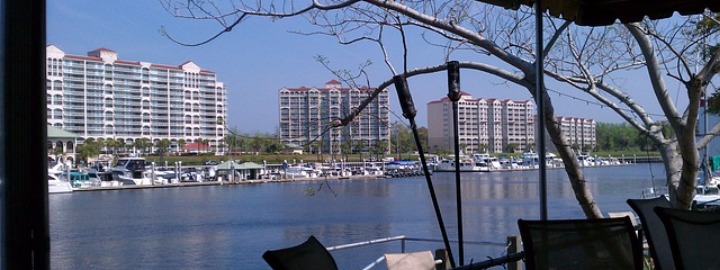The Grand Strand, Myrtle Beach SC
The Grand Strand is a sixty-mile stretch of South Carolina coastline running from the State line to the town of Georgetown. It’s almost 100 miles away from the capital city of Charleston, and a world away from the fast city pace. It’s chock full of vacation homes, resorts, family attractions.
There’s so much to see and do on the Grand Strand that you’ll need a car. Explore the area with a Jeep safari or a historic carriage tour, or rent a scooter or a Segway® for the day. If you enjoy strolling, stop by the opulent Brookgreen Gardens or the Myrtle Beach Boardwalk to ride the 18-story SkyWheel. Challenge everyone to a mini-golf tournament before a few laps on the go-kart track for some family-friendly fun. Myrtle Beach is known as the “Golf Capital of the World,” with over 250 courses, many of which are among America’s most prestigious. When you’re ready to get wet, hop on a jet ski, take to the skies on a parasail ride, or land the big one on one of the area’s excellent deep-sea charter services.
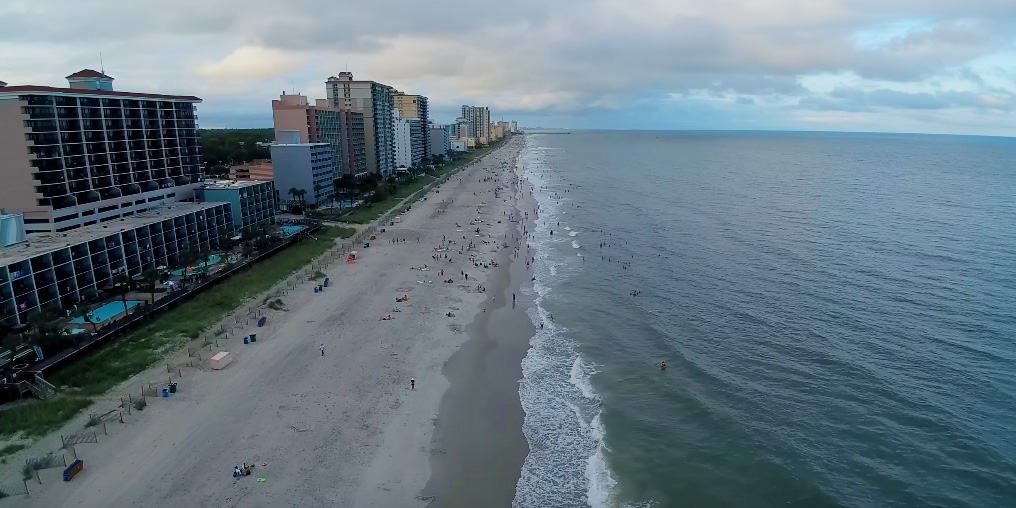
Each year, more people visit the Grand Strand than Hawaii. In fact, this area hosts more than twice the number of travelers than Hawaii! Why are all these people coming to the Grand Strand? Of course, the beaches are the best, and naturally, they attract a majority of tourists here. But aside from the beaches, there are plenty of other reasons why so many people choose to spend their vacations here. You can sum it all up in one word: variety. There is so much to do along the Grand Strand, you have to remember to save time out for the beach!
Areas of The Grand Strand
- North Myrtle Beach – Population 11,000
- Murrells Inlet – Population 5520
- Pawleys Island – Population 140
- Georgetown – Population 9000
Check out each of the major Grand Strand areas below and you’ll see all there is to do and see. Also, check out our Attractions page.
North Strand
While visitors often assume that Myrtle Beach and the Grand Strand are one and the same, the area is actually composed of several unique communities. Hop in the car and discover what makes each so special!
North Myrtle Beach is perhaps best known as the home of South Carolina’s state dance, the shag. Though several beaches along the East Coast claim to be the birthplace of the legendary dance, North Myrtle Beach is the only one drawing thousands of shaggers several times each year who come to dance, party, and enjoy the wide, beautiful beach. Another claim to fame? It’s also the girlhood home of Vanna White, America’s favorite game show hostess, and Kelly Tilghman, the Golf Channel’s shining star!
North Myrtle Beach
In the 1970s, several small towns – Windy Hill Beach, Crescent Beach, Ocean Drive Beach, and Cherry Grove Beach – joined together to become North Myrtle Beach. United under one government, each, to some degree, retains its own identity with distinctive shopping areas, golf courses, restaurants, and amusements. In recent years, Ocean Drive’s Main Street has been revitalized with new shops and restaurants and is a hot spot for nightlife. Atlantic Beach, located between Windy Hill and Crescent Beach, chose to remain independent. Once called the “Black Pearl of the Atlantic,” it is a reminder of the days of segregated beaches.
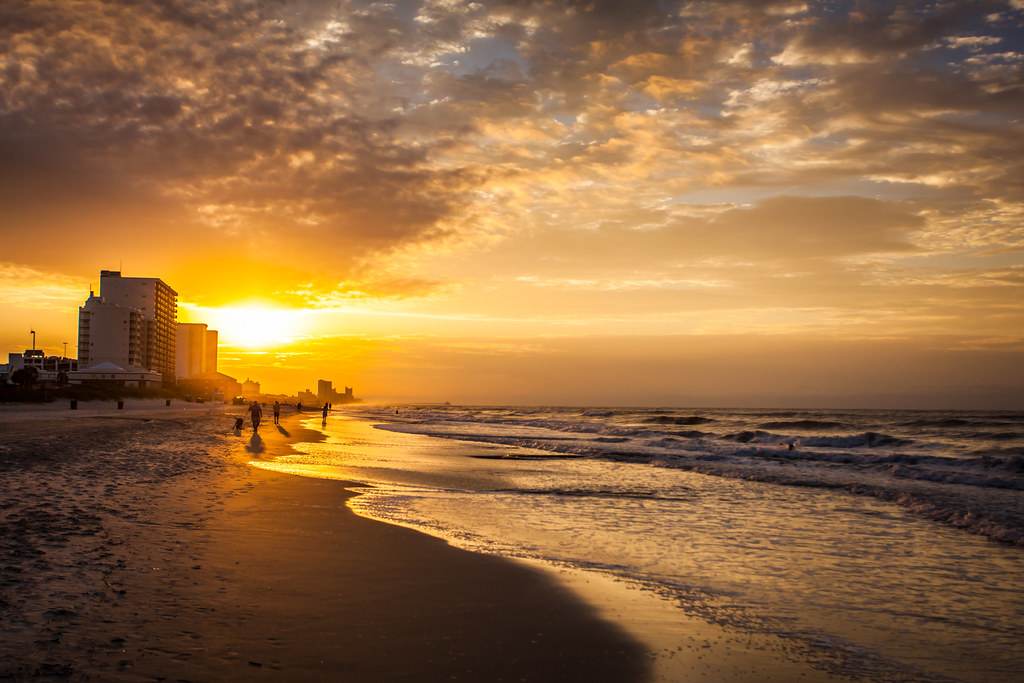
Just up Highway 17 is Little River, a village with sweeping live oaks and a small-town feel. Long home to commercial fishing fleets, the industry still thrives here, though it has also become a favorite settling place of retirees looking for a quiet coastal lifestyle.
Main Street
Our shopping district in North Myrtle Beach features over two dozen businesses and an award-winning design coordinated by a revitalization project of the downtown Ocean Drive Section. Landscaping and a view of the ocean enhance the “Main Street” experience.
Main Street is the heart and soul of Myrtle Beach and a must-visit destination for any traveler. Located in the heart of town along the iconic Grand Strand, Main Street has something to offer everyone, from delicious restaurants to unique shops and boutiques. It’s the perfect place to while away an afternoon, browsing through the eclectic stores and sampling some of the local seafood dishes.
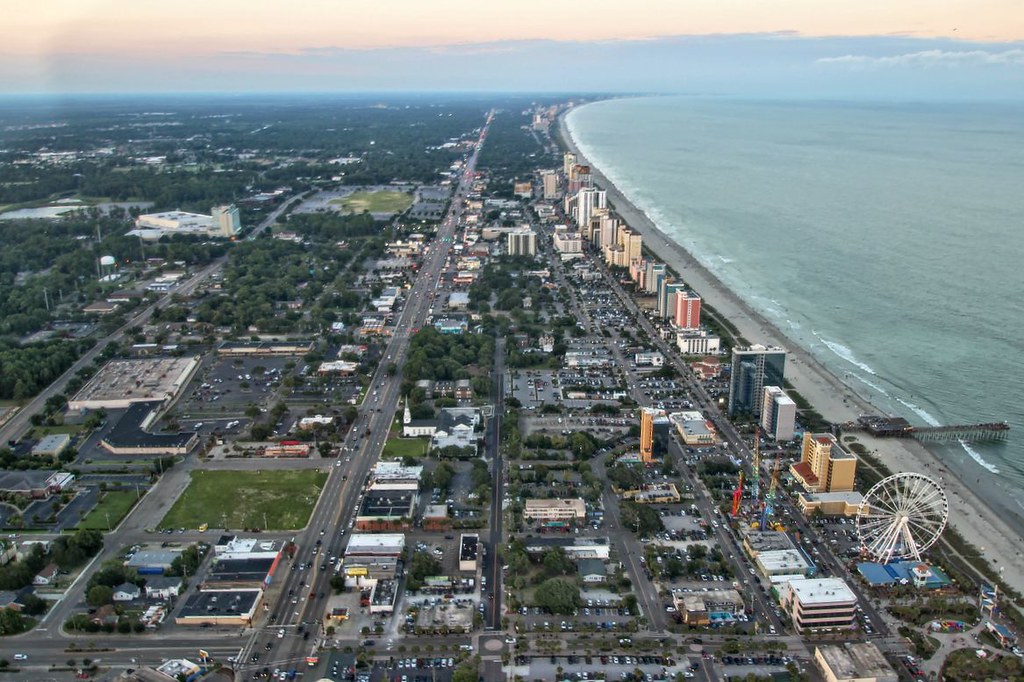
There are numerous bars and nightclubs with live music performances, as well as numerous other attractions such as carnival rides, mini golf courses, go-kart tracks, and arcades. During the day, visitors can explore museums and art galleries that line the sidewalks and admire the many murals painted on the buildings.
At night, Main Street comes alive with people out in search of fun. The street is filled with performers and street vendors selling everything from food to handmade crafts. The lights twinkle from every corner, giving this vibrant area a special atmosphere. Whether you’re looking for adventure or simply a laid-back atmosphere to relax in, Main Street has it all.
Calabash-style seafood
Calabash-style seafood is known around the world, and right across the North Carolina border, you’ll find the town that made it famous! Though restaurants featuring lightly-breaded and fried seafood are still prominent, Calabash has become popular for its variety of specialty shops and boutiques. There are also award-winning golf courses and excellent fishing.
Explore the towns of the North Strand. Otherwise, you’ll miss some of the best the Grand Strand has to offer.
South Strand
Like siblings with different interests and distinct personalities, so are the communities that make up the 60 miles collectively called the Grand Strand. Head south on Highway 17 and you’ll soon find life a little more laid-back!
South Strand is an area of Myrtle Beach that stretches from Murrells Inlet to Litchfield Beach. It includes the famous Garden City Beach, Surfside Beach, and Pawleys Island. This region is known for its wide sandy beaches, pristine wetlands, and unspoiled marshlands.
Visitors to South Strand can explore a variety of attractions including historic sites, wildlife preserves, seaside golf courses, and renowned seafood restaurants. Not to be missed are the area’s unique shopping experiences which include artisanal boutiques, vintage shops, and souvenir stores. For those seeking outdoor adventure, South Strand has something for everyone, ranging from kayaking and paddle boarding to surfing and parasailing. No matter what type of vacation you’re looking for, South Strand has it all.
Garden City
Surfside Beach and Garden City Beach, minutes from Myrtle Beach proper, developed as “family beaches” in the 1950s. And while change has come in the intervening years, they still remain family-oriented with cottages, fishing piers, traditional open-air hot dog diners, and arcades. It’s not unusual to see several generations of extended family enjoying the beach together.
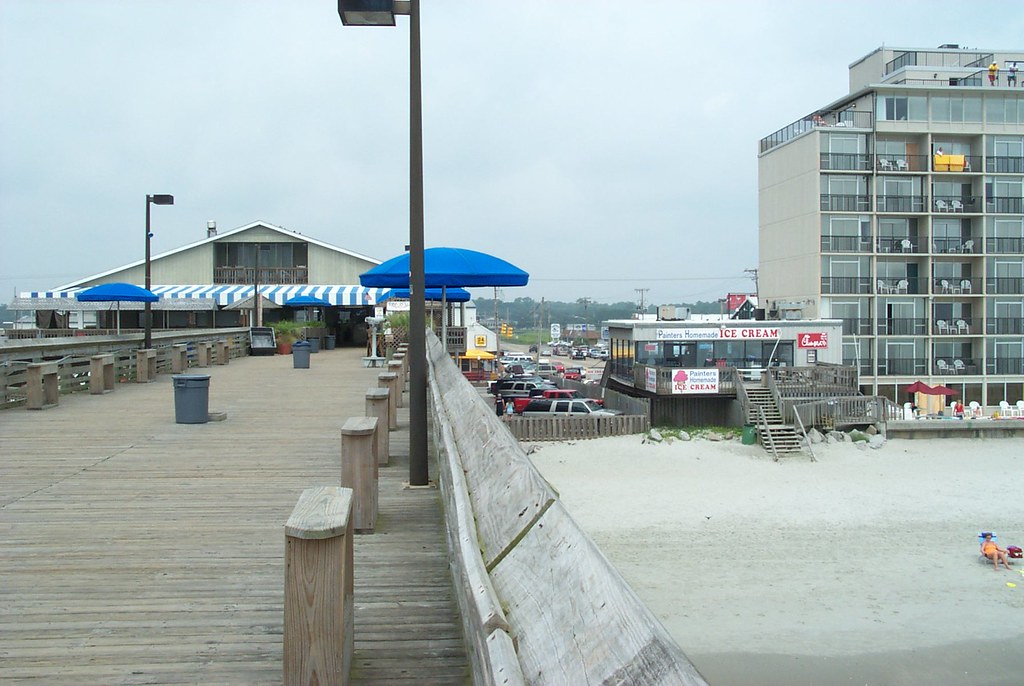
The shopping scene in Garden City is world-class, with a variety of clothing stores, home decor boutiques, jewelry stores, art galleries, antique shops, and more. Dining options range from casual cafes to upscale bistros serving up fresh seafood dishes sourced locally. Whether you’re looking for some fun in the sun or a romantic dinner on the beach, Garden City has you covered. And of course, no stay in Garden City would be complete without a visit to one of the area’s many attractions. From thrilling water slides and go-kart rides to thrilling roller coasters and museums, there’s certainly no shortage of things to do.
Murrells Inlet
Just beyond Garden City lies Murrells Inlet, a scenic village renowned for its seafood. Once populated mostly by fishing boats, seafood restaurants, and their owners, it has, in recent years, become a highly desirable residential community with beautiful creek views and stately old live oaks. One highlight of the area is the Marshwalk and Veterans Pier, a community project built along the waterfront. It’s a wonderful place to stroll after a meal of freshly caught seafood!
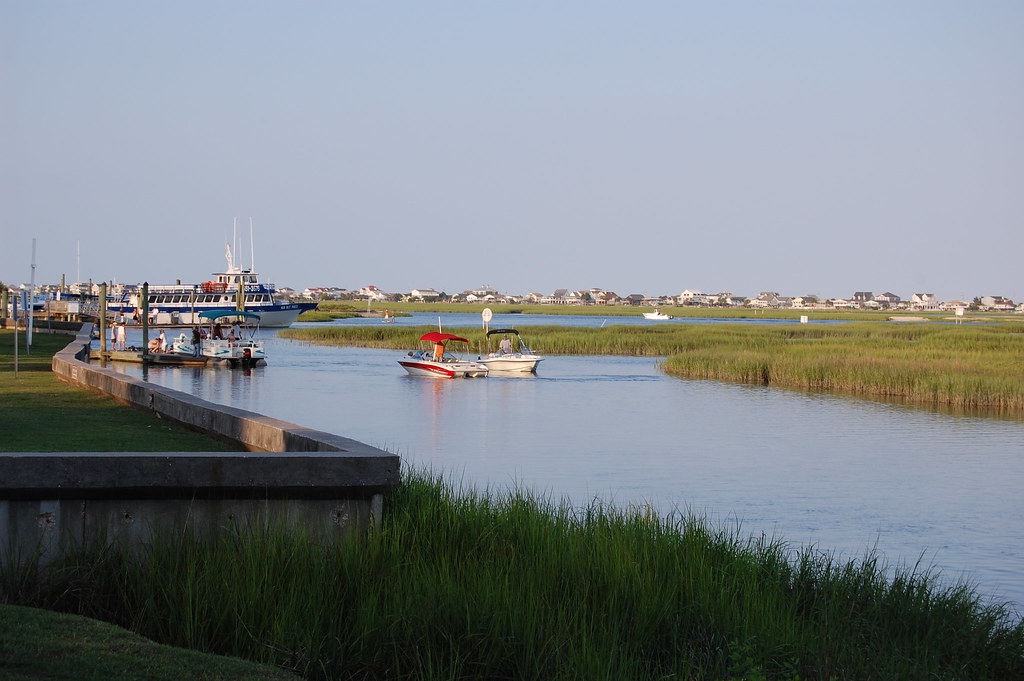
Rich in history, Murrells Inlet marks the northernmost end of the Waccamaw Neck. This narrow spit of land between the Waccamaw River and the Atlantic Ocean was once home to great rice plantations. Get a hint of what life might have been like in those days with stops at Huntington Beach State Park and Brookgreen Gardens.
Huntington Beach State Park
The wide, pristine beaches and marshes at Huntington Beach State Park offer a look at the coast without development. It’s a great place for shelling and to view native alligators and dozens of species of birds.
Located in Murrells Inlet, the park is home to a wide variety of flora and fauna, as well as many recreational activities that are perfect for families. Highlights of the park include miles of pristine beach along the Atlantic Ocean, a Nature Center where visitors can learn about the local wildlife and a boardwalk that offers stunning views of the marshlands.
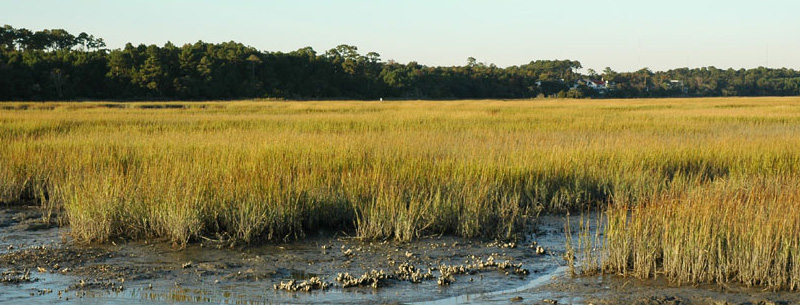
Huntington’s Beach State Park is also a key nesting location for loggerhead turtles and is equipped with an observation area to safely view them during their hatching season. There are plenty of opportunities for runners, hikers, bicyclists, bird watchers, and anglers to enjoy the great outdoors as well. With its unique combination of natural beauty and recreational activities, Huntington Beach State Park is a great place to experience the wonders of the Grand Strand.
Brookgreen Gardens
One of the world’s largest outdoor sculpture gardens, Brookgreen Gardens is carved from several of the old plantations. It features more than 2,000 species of native plants, native wildlife, historical and cultural exhibits, and tours and excursions.
This breathtaking site is divided into four main areas: the Lowcountry Zoo, Botanical Garden, Sculpture Garden, and Self-Guided Trails. The Lowcountry Zoo area features an array of native wildlife from turtles, otters, and birds, to bobcats, river otters, and alligators. The Botanical Garden is home to rare and exotic plants, including camellias, magnolias, azaleas, and ferns. Additionally, the Trailside Museum boasts an impressive collection of wildlife displays where visitors can learn about the diverse creatures that call the area’s marshlands home.
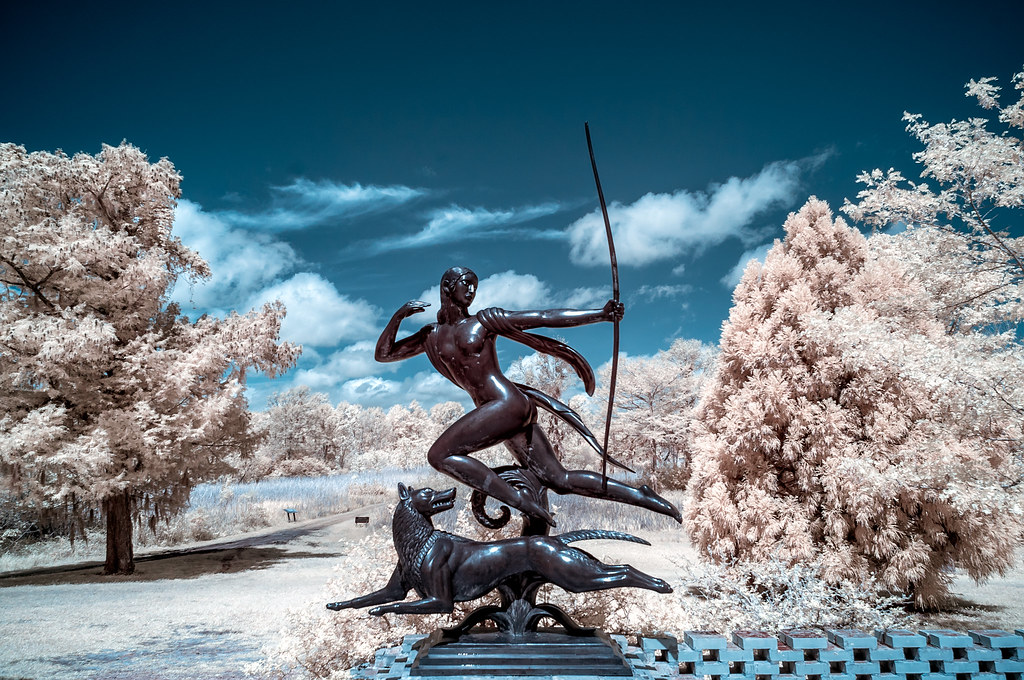
The most renowned attraction at the Brookgreen Gardens is the Sculpture Garden, which displays works by renowned American sculptors such as Anna Hyatt Huntington and Storr Frost. These sculptures are spread across several outdoor gardens like the Azalea Garden and Fountain Garden, as well as indoor galleries such as the Arcadia Gallery and North Island Gallery.
Pawleys Island
Continue through lushly landscaped Litchfield Beach to Pawleys Island. Known worldwide for rope hammocks, this picturesque little barrier island wears the title “arrogantly shabby” like a badge of honor, though big modern homes now sit alongside the historic old cottages and inns. Discover the communities of the South Strand, Myrtle’s quiet but entrancing “sisters.”
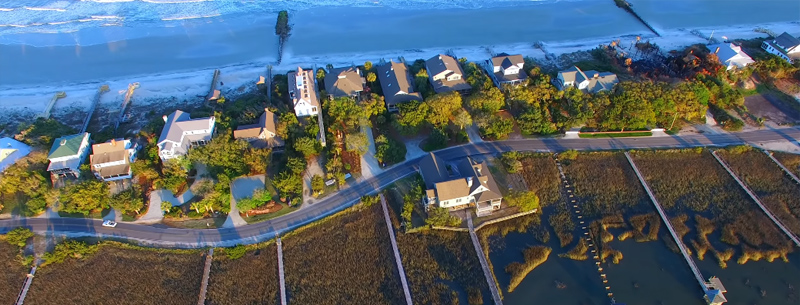
Pawleys Island is known for its long, unspoiled beaches that stretch along the Atlantic Coastline. The beach provides an ideal setting for swimming, surfing, paddleboarding, and fishing. Nature lovers can explore the stunning beachfront dunes, or take a day trip to nearby Huntington State Park for hiking, kayaking, and bird watching.
In addition to its natural beauty, on land Pawleys Island boasts a wide variety of shops, restaurants, and galleries to explore as well as a number of cultural attractions like the historic Rice Museum and Brookgreen Gardens. For adventure seekers, the nearby Wacca Wache Marina offers boat rentals as well as guided eco-tours. With its unrivaled beauty and endless opportunities for fun, no visit to the Grand Strand would be complete without a stay on Pawleys Island.
History of Myrtle Beach
Myrtle Beach and the state of South Carolina were inhabited by Native Americans up through the 17th century when white settlers from Europe arrived. Settlers arrived in the mid-1500s from Spain and established a settlement that came to be called San Miguel de Cauldape. Although these Spaniards from Hispaniola abandoned the settlement only one year later and returned to Hispaniola, the European population of the region started growing bit by bit over the next three hundred years. The plantation system eventually evolved, as a large family-owned agricultural tract of land inhabited by wealthy aristocratic settlers formed the structure of society all across the Carolinas. Plantation owners were extremely wealthy and developed an aristocratic society revolving around land ownership and plantation structure. They grew lots and lots of rice on the plantations and the plantation culture thrived until the Civil War.
The First Vacationers
A few years after the War, the first vacationers began to arrive, in the late 19th century. These early vacationers were really roughing it, as there really was no resort structure in place at that time. They spent their beach days in rustic cabins and there really were no services or really many permanent residents, either. The ocean was a big draw, however, and people kept on arriving for beach solitude and fun.
The town of Myrtle Beach was not really a town for many hundreds of years after the European settlers first arrived. It was just a lonely stretch of beach with vacation homes here and there. At the turn of the 20th century, lots on Myrtle Beach were so cheap they were practically giving them away. There were incentives for builders to build nice structures. Lots cost just $25!! And you would get a second lot for free if you built something nice on the first lot you purchased.
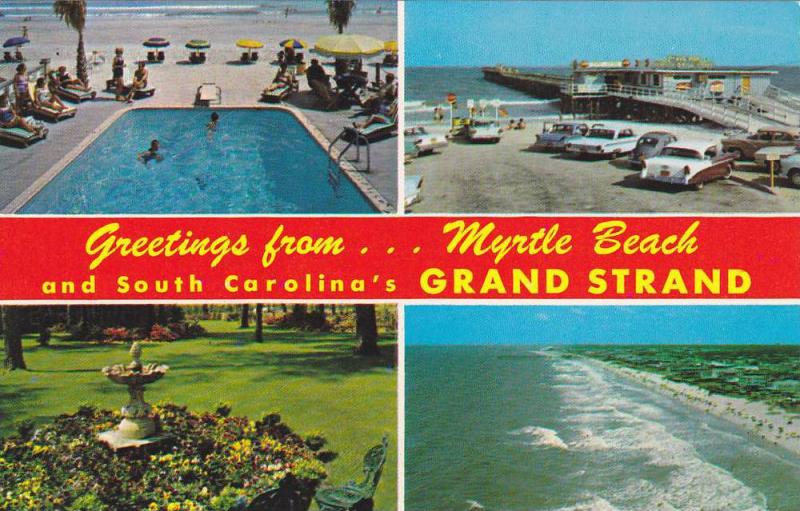
These early visitors were drawn by the easy climate and the Atlantic Ocean. One visionary developer, F. G. Burroughs, bought 80,000 acres of coastline around Myrtle Beach and built a railroad called the Conway & Seashore Railroad to make it easy for tourists to get to the area, which at that time was called “New Town”. He then decided he needed a more exciting name to draw vacationers and held a naming contest. Guess what: his wife won, and now we know this lovely area as “Myrtle Beach”. The area has grown in fame since then, from pretty rugged, simple vacation cabins to what travelers today would consider some of the finest full-service ocean resort accommodations in the world, with a well-developed tourist industry that knows how to provide the best vacations. With a healthy focus on welcoming tourists, Myrtle Beach has managed to retain its charm as well…it only became a city as recently as the late 1950s, and you can still find remote oases of calm quietness when you stroll the beach if you want to feel like you’re getting away from it all, or getting closer to nature. Look for the ubiquitous wax myrtle shrub in the area, for which Myrtle Beach was named, for a connection to local flora. Its white-gray fruit was once used to make candles, and many locals use this aromatic shrub or small tree in their native landscaping designs.
You’ll also find gently rolling dunes as you explore the beach, similar to what the Waccamaw and Winyah Indians saw when they inhabited Myrtle Beach and its environs. Historians don’t know a lot about these Native Americans, but artifacts are discovered regularly, such as arrowheads, pottery, and other clues, that shed more light on the Waccamaaws and Winyahs. These original inhabitants called the area “Chicora”, and during the period when they lived here, they would have also found giant oak trees just behind the dune line, giving the area a grand sense of wild beauty and protection.
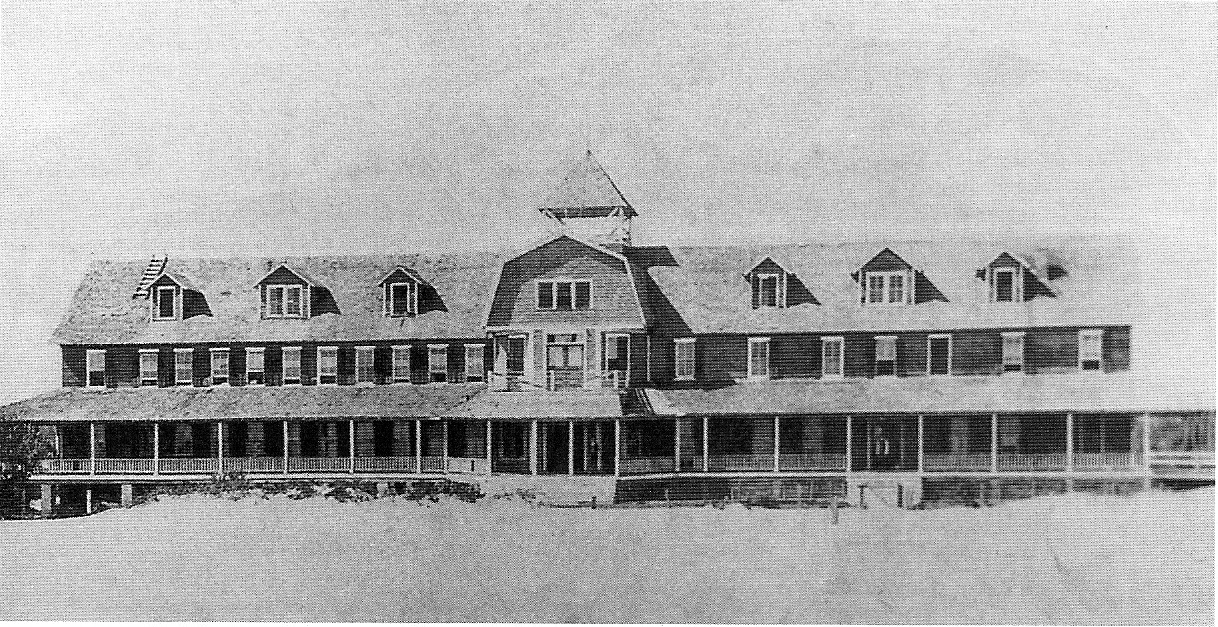
Nobody found oak trees much protection from pirates, however, who arrived on the Carolina shores in the 1700s, regularly appearing and wreaking havoc, reveling, or just hanging out waiting for their next adventure. Maybe you’ve heard of the legend of “Blackbeard”…who pirated up and down the Carolina coast, and for a couple of years the inhabitants, especially the sailors of North and South Carolina lived in terror, never knowing when the next ambush at sea would occur, turning passengers into hostages and cargo into loot. The area has a robust history of pirate legend and folklore, drawing on the activities of English colonists who used the waters of the Atlantic, and off Myrtle Beach, for trade routes. Merchants needed to move goods from place to place, up and down the Atlantic, and Pirates needed to steal those goods. Pirates’ favorite tactic was the ambush, which requires hiding spots. The Carolina coast, and places like the inlets along the Grand Strand, were ideal nooks for hiding a pirate ship and waiting for rich merchant cargo ships loaded with wonder booty. Treasure hunters still hope to find sunken items from ambushed ships in the 1700s. One pirate’s loot in particular is still sought in the inlets of Myrtle Beach, Captain Kidd. Local legends like Blackbeard and Drunken Jack awaken our imagination, even though their origins are a bit cloudy, and most of the stories have been handed down from generation to generation, embellished at each telling.
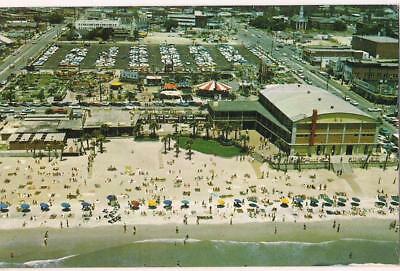
Other Myrtle Beach folklore, rivaling the romanticism and excitement of pirate stories, are local ghost legends the Gray Man, and Alice Flagg. Poor Alice fell in love with a young man who somehow failed to meet the strict standards of her family. To add to her troubles, she developed a high fever and became bedridden, fighting for her strength. With her lover’s ring strung on a ribbon worn around her neck, she lay in bed fighting for her life and her heart. Poor Alice Flagg, instead of finding comfort from her family during her illness, was met with rage and hostility from her brother, who lost control when he saw the ring-ribbon necklace she wore, ripped it off her neck, and threw it into the ocean. She never recovered from the heartache, and her ghost creeps around in the waters trying to find her lover’s ring, so rudely flung into the inlet by her mean-spirited brother so long ago. The Gray Man is another ghost who roams the area around Myrtle Beach pining for a lost lover. He was a soldier returning from the war, counting the minutes until he could see his beloved wife, who had been waiting and waiting for his return. After surviving the war, he was ironically killed on horseback on the way home and never reunited with his wife. He was able to communicate to her from the other side of the spirit world, to warn her of an approaching hurricane. He saved her life, and since that initial warning, locals have reported being warned by the Gray Man before hurricanes.
The Lure of Perfect Sandy Beaches
In 1938 the town of Myrtle Beach was incorporated, and grew and grew over the next twenty years. The name comes from an indigenous evergreen shrub called the wax myrtle (Myrica cerifera), found growing everywhere in the coastal area around Myrtle Beach. In 1949 the term Grand Strand was coined by a newspaper columnist. He created the name to describe a sixty-mile stretch along South Carolina’s Atlantic coast, including Myrtle Beach. The area was and still is known for its white sandy beaches that stretch far back onshore, making them some of the widest beaches in the world. In fact, a beach replenishment project recently completed gives credence to the claim that the beaches along the Grand Strand really are the widest in the world. At low tide, the beach stretches back 100 yards.
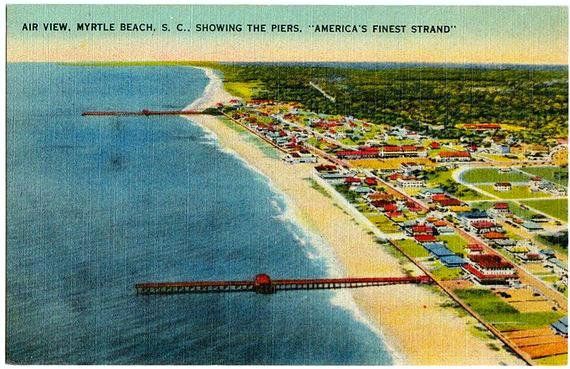
In 1957 Myrtle Beach had grown enough that it officially became the City of Myrtle Beach. And it has continued to grow steadily since then. In 2003 the population was recorded at 24,691, and Myrtle Beach is the thirteenth-fastest growing area in the United States. The percentage of retirees is growing year by year all along the Grand Strand. Today, the Myrtle Beach area has been named one of the country’s best vacation destinations for retired Americans over the age of 55.
